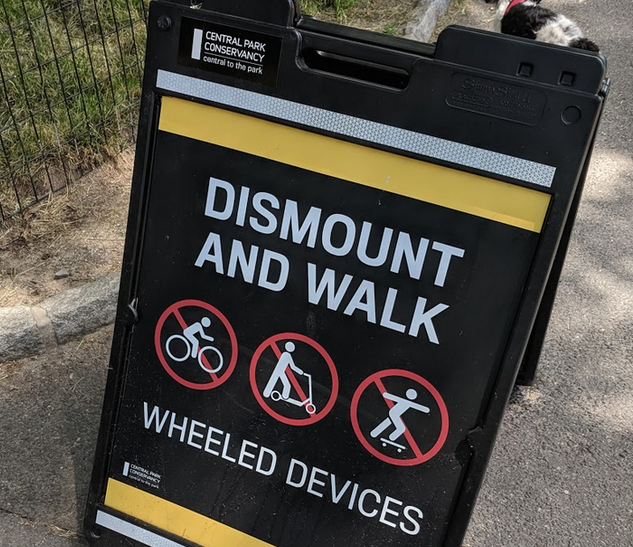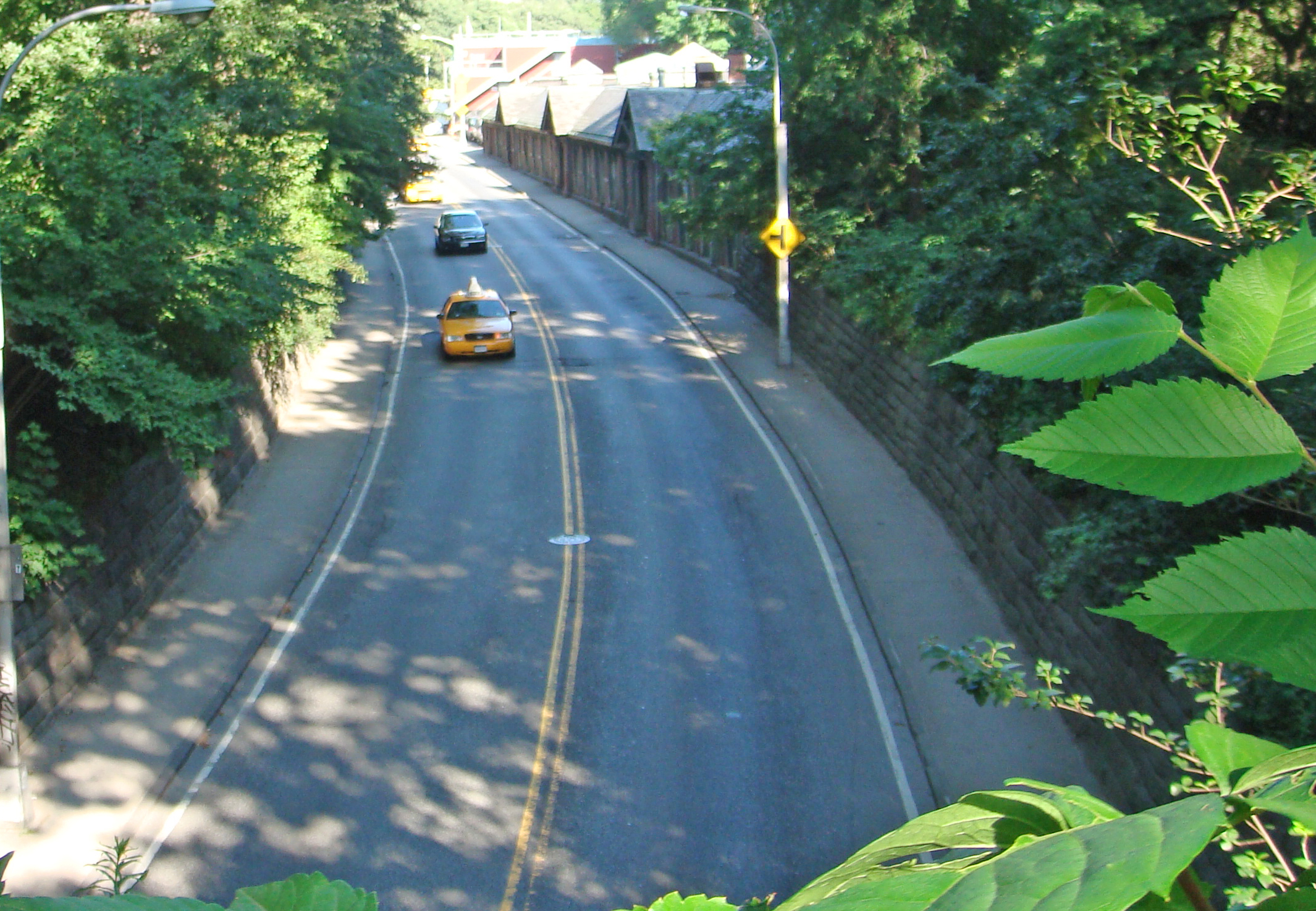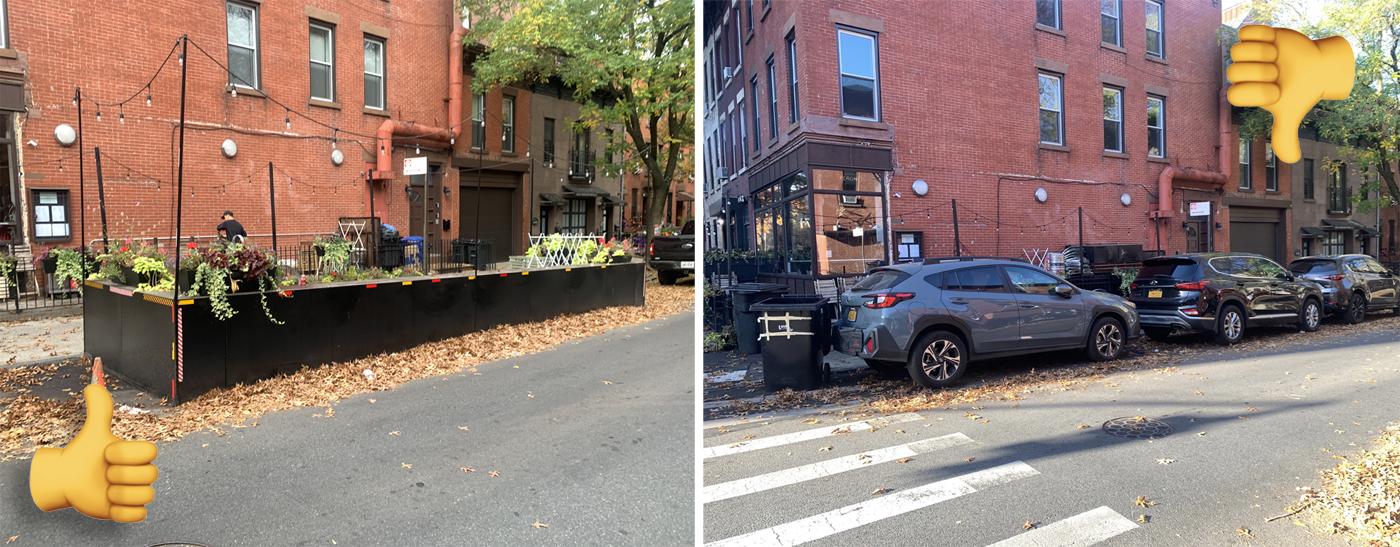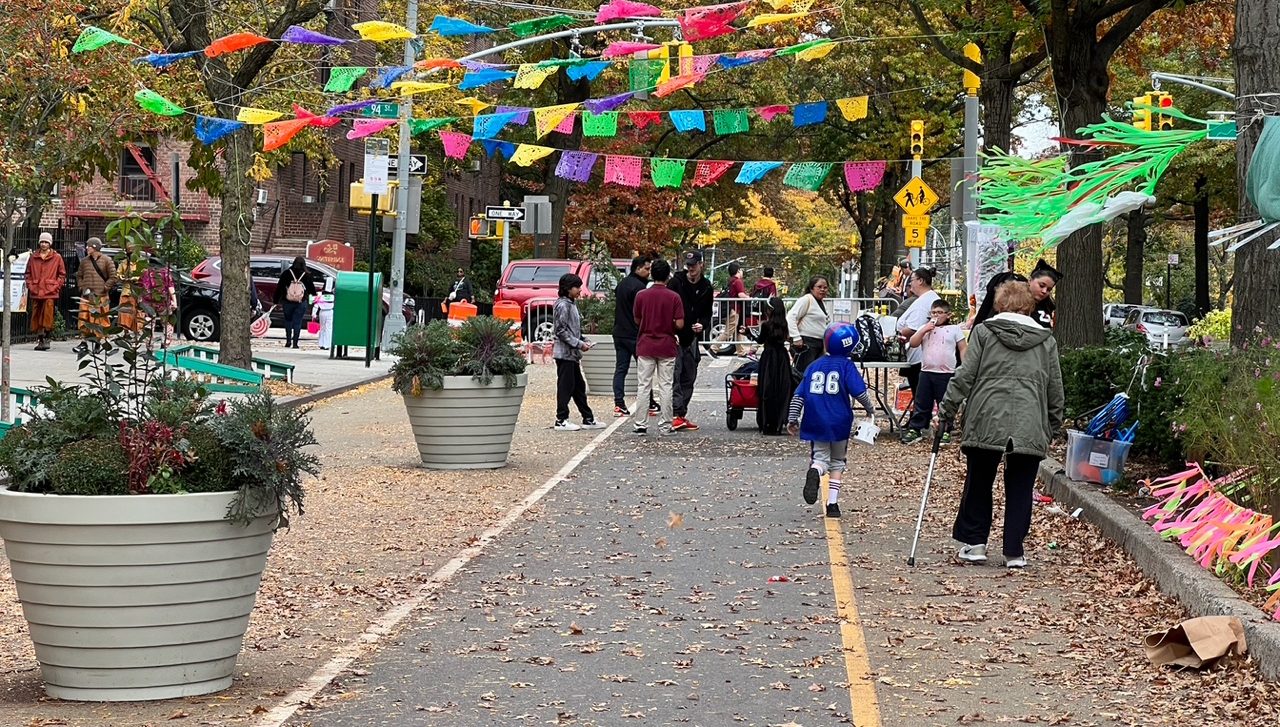Hindsight is 2020.
The city should have acted sooner in creating safe routes for cyclists through Central Park after a doctor was killed back in December while riding to work along one of the park’s dangerous transverses — and that failure is especially unnerving now that more health care professionals are choosing biking over subways and buses, and Citi Bike data reveals that stations next to hospitals near the park are increasing in popularity.

Residents of the Upper West and Upper East sides have for years been begging the departments of Transportation and Parks to protect cyclists who cut through the green space using its four main crosstown transverses, where cars and trucks dominate. And that request only intensified after Dr. Daniel Cammerman was killed on Dec. 18 while riding a Citi Bike on 96th Street between Central Park West and Fifth Avenue as he headed to his office at Mount Sinai.
But their demands did not lead to city action — endangering doctors and other essential workers who still ride through the park.
“God forbid we have another Dr. Cammerman," said Lisa Orman, director of Streetopia UWS. "At the vigil, many people called on Parks and DOT to do something right then. We’ve seen nothing from that. There’s many months between December and the crisis, and they didn't want to do anything. The medical professionals and delivery workers and other essential employees who are cycling across town deserve to do so with ease and safety."
Data from Citi Bike — which is offering health care workers free 30-day memberships — shows increased popularity at stations outside the park next to hospitals, like the one Cammerman worked at, and where he likely would have docked his bike if he had survived.
Last week, the single most popular docking station of the 900 citywide was at First Avenue and 68th Street, central to three hospitals: New York Presbyterian, Memorial Sloan Kettering, and Weill Cornell. During the first week of March, that same station ranked only 31st in popularity.
Other stations adjacent to city hospitals followed similar patterns — First Avenue and 16th Street, outside of Mount Sinai Beth Israel, shot up to the eighth busiest station last week, compared to ranking 38th normally; Broadway and W. 60th, outside of Mount Sinai West, rose to the 10th busiest station, compared to 18 normally; 72nd Street and York Avenue, also outside of Weill Cornell and New York Presbyterian, was the 18th busiest station last week, compared to 162nd normally; 97th Street and Madison Avenue, outside of Mount Sinai, was the 209th busiest last week, compared to 381st normally; and 99th Street and Madison Avenue, outside Mount Sinai, was the 236th busiest station last week, compared to 422nd, according to the data.
On a normal, pre-coronavirus week, the busiest stations were near transit hubs such Grand Central and Penn Station, according to Citi Bike data. Now, all the action is at hospitals — reminding anew the need for safe cross-park biking.
Cyclists currently have no safe option for crossing the park or crossing upper Manhattan. The transverses — at 96th, 86th, 79th and 65th streets — remain a preferred option for many bike riders instead of designated bike paths through the green space that are hilly, indirect or marked with signs demanding that bikers “dismount and walk.”
Last year, there were 243 reported crashes on the four transverses, injuring 29 cyclists and 16 pedestrians, and killing one cyclist — Cammerman — according to city data compiled by Crashmapper.

This January, members of Manhattan Community Board 7’s Parks and Transportation committees demanded that city officials and the Central Park Conservancy — which oversees the green space — immediately draw up plans for safe east-west routes through the park.
The Central Park Conservancy did not respond to a request for comment. The Department of Transportation said it would "review" the transverses, but has no immediate plans to improve them due to corona-related work restrictions.
"We remain committed to our full street improvement and safety programs, but also need to be clear that the safety of our workers and the overall health situation of the city will take priority," a DOT spokeswoman told Streetsblog. "DOT is severely hampered in its ability to do the requisite planning, traffic studies and fieldwork needed, which will unfortunately limit our ability to implement projects in 2020. We will continue to review the transverses, however, at this time there are no immediate plans for them."






